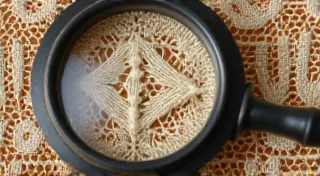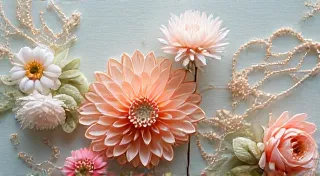Early Bobbin Lace Patterns: Floral Motifs and Geometric Designs
Understanding the patterns found in early bobbin lace is crucial for identification, dating, and tracing its origin. While countless variations exist, certain motifs recur frequently, offering valuable clues to the lace’s age and potential geographical origin. This article will explore some of the most common patterns found in antique bobbin lace, focusing on floral, geometric, and scrolling designs.
The Allure of Floral Motifs
Floral designs are exceptionally popular in bobbin lace, reflecting a timeless appreciation for natural beauty. Early examples often feature stylized representations of common flowers like roses, tulips, violets, and lilies. These weren't attempts at photographic accuracy; rather, they were artistic interpretations passed down through generations. The level of detail and sophistication varies considerably. Simple floral motifs are common in earlier, more utilitarian laces, while later, more elaborate examples boast intricate petals and leaves. Observe the stem structure and leaf arrangement. These details, even in stylized forms, can provide context.
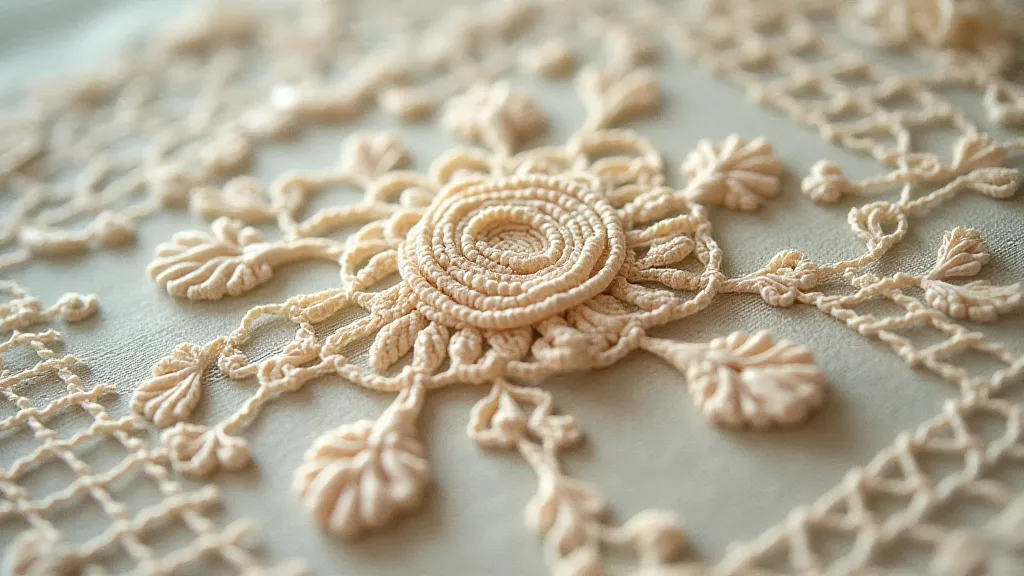
The depiction of specific flowers can sometimes provide geographical hints. For example, tulips are strongly associated with Dutch lace, while certain roses might indicate origins in French or Italian production centers.
Geometric Precision and Order
Alongside floral designs, geometric patterns are also prevalent. These often manifest as diamonds, squares, triangles, and other repeating shapes. Geometric designs can range from simple, repeating units to complex, interlocking patterns that create visually arresting effects. Early geometric patterns were often used in utilitarian laces, intended for practical uses rather than decorative display. The regularity and precision of these patterns are hallmarks of skilled craftsmanship. Variations in the size and orientation of the geometric units can also be telling. Look for irregularities; these can reveal hand-made qualities and regional variations.
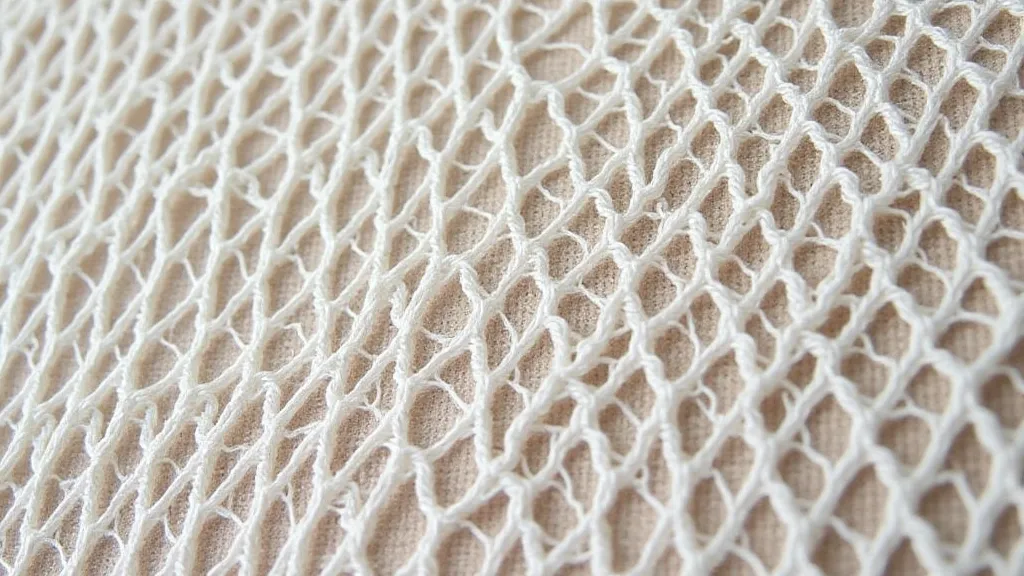
The Flow of Scrolling Designs
Scrolling designs, characterized by continuous, flowing lines and curves, represent another common element in antique bobbin lace. These patterns frequently intertwine with floral or geometric motifs, creating a harmonious blend of styles. Scrolling designs can be surprisingly complex, requiring exceptional skill to execute. Look for variations in the thickness and direction of the scrolling lines. These details can offer insights into the lace maker's technique and artistic style. The density of the scrolling, and how it interacts with any floral elements, is significant.
Dating and Origin Through Pattern Analysis
While no single pattern guarantees a specific date or origin, a combination of pattern analysis, materials assessment (thread type and color), and construction techniques can provide strong evidence. For example:
- Early 18th Century: Often features simpler floral motifs and larger, more straightforward geometric designs.
- Mid-18th Century: Patterns become more complex, with a greater emphasis on scrolling and intertwined motifs.
- Late 18th & 19th Century: Highly intricate and detailed patterns, often incorporating multiple motifs within a single piece.
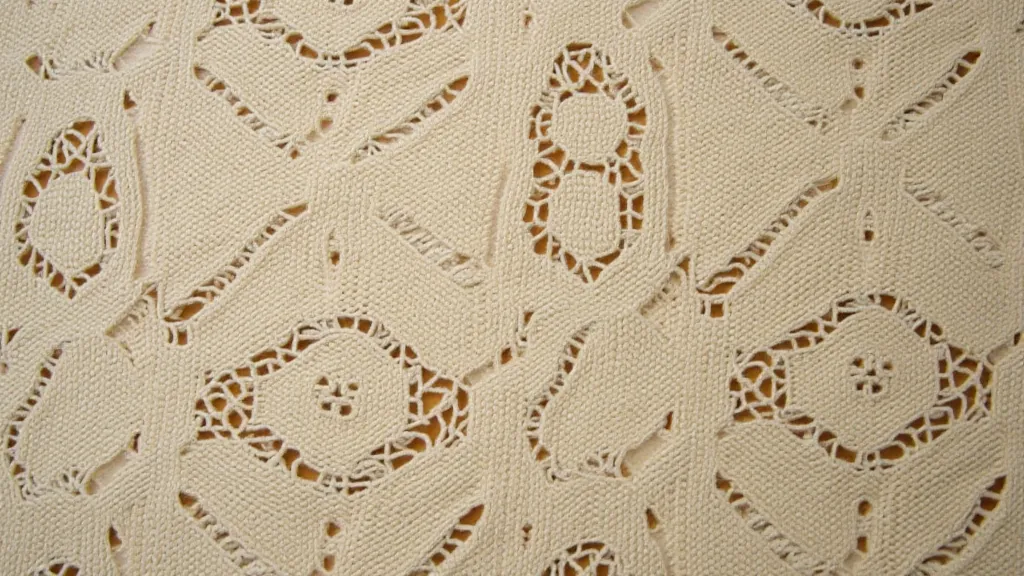
Remember, regional styles also significantly influenced pattern development. Researching specific lace-producing regions, such as Valenciennes (France), Bruges (Belgium), and Mechlin (Belgium), will reveal distinctive stylistic characteristics. Consistent observation and comparative analysis are key to successfully identifying antique bobbin lace.
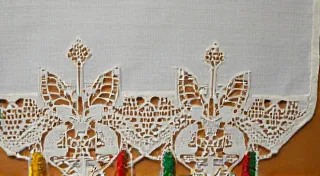
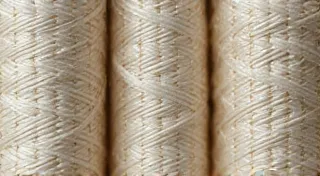
![The Influence of [Specific Cultural Element] on Bobbin Lace Design](/thumbs/bobbin-lace-cultural-influence.webp)
